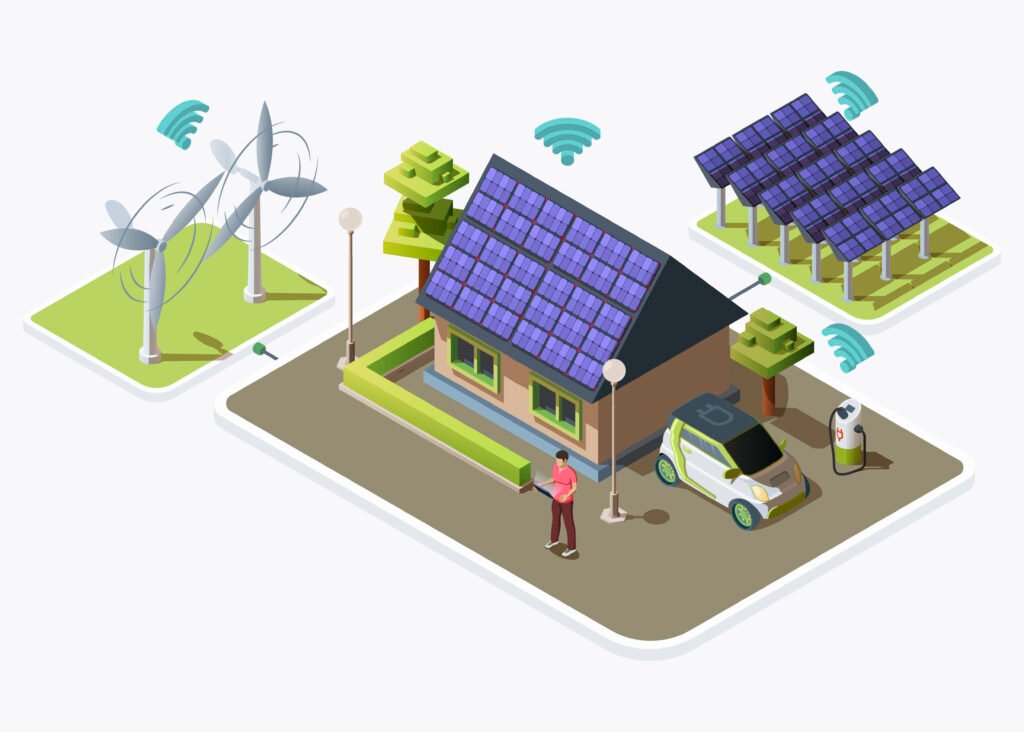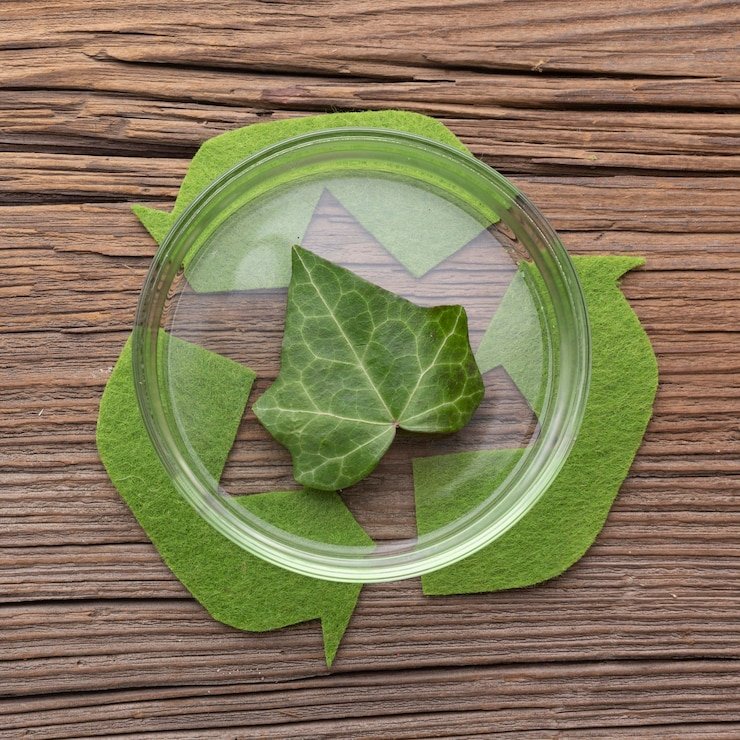Metal scrap, once considered waste or a by-product, is rapidly becoming a politically and economically sensitive issue. As the energy transition ramps-up, and decarbonisation targets accelerate, raw material supply security and circularity is increasingly the focus of regulators around the world who are starting to view scrap as a ‘critical’ resource, worth protecting.
Historically, policymakers concentrated their attention on primary raw materials like copper cathodes, aluminium ingots, or lithium concentrate. But as geopolitical tensions have risen, energy costs have increased, and climate commitments tighten, secondary feedstocks—especially metal scrap—offer a cleaner, cheaper, and more strategic/domestic alternative. Metal scrap requires far less energy to process compared to mined virgin material and often comes with a fraction of the carbon footprint. This has pushed scrap into the policy spotlight.
Net scrap exporters like the US and the EU are considering limiting scrap exports. This “leakage” of valuable material is increasingly seen as a strategic loss. If scrap is the cheapest, cleanest route to low-carbon metal production, why allow it to leave the country? The EU has already debated export bans for certain scrap categories. India has proposed more aggressive trade barriers. And in the U.S., scrap flows are under increasing scrutiny.



